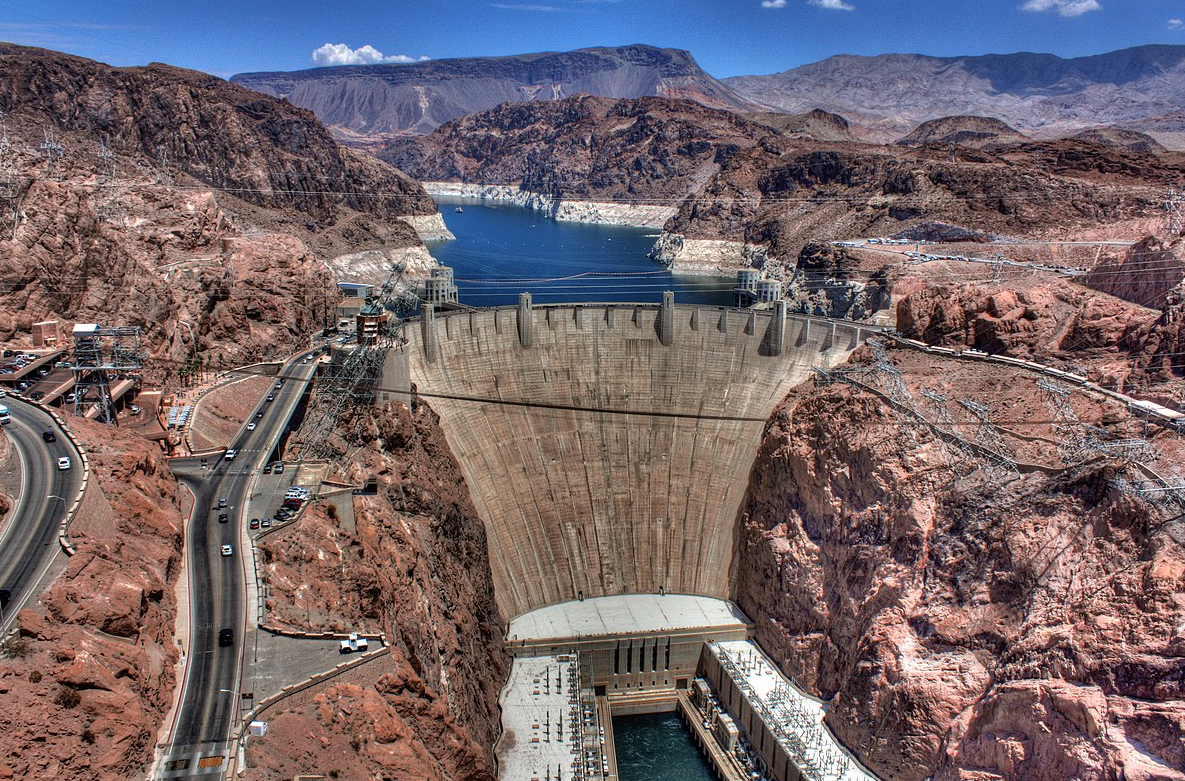What are energy storage systems and why are they important?
Renewable energy sources, such as solar and wind energy, follow natural weather patterns. This means that solar energy can only be produced when the sun is shining, and wind is only an energy source if there’s a breeze. This has made it difficult to rely solely on renewable power, and has forced grid systems to revert to fossil fuels when renewable energy sources are unavailable.
We also lose a lot of renewable energy’s potential. Solar and wind energy needs to be used immediately or it disappears. Wind and solar curtailment means that on days when energy is plentiful - for example particularly sunny or windy days - this excess energy is wasted rather than put to use.
Energy storage systems offset these issues by capturing excess energy and storing it for the future. This stored energy can then be released into the grid, eliminating the need to revert to fossil fuels. Consumer’s can also store renewable energy on their premises, taking themselves off the grid during peak hours and reducing pressure on key infrastructure.
The proliferation in energy storage systems is a fundamental component of fully realizing the potential of clean and renewable energy, and helps us stride toward a net-zero future.
Types and uses of Energy Storage Systems:
In tIn this article we’re going to take you through a round-up of the most common energy storage solutions. We’ll discuss how they work, what they’re best suited for, and the advantages and disadvantages of each.
Batteries
Lithium-ion batteries are probably the first energy storage system that a consumer thinks of, after all they’re used in many common items like phones, laptops, and even electric vehicles. However, what consumers may not realize is that lithium-ion batteries are also being deployed at scale to store power for residential properties, solar farms, and even utility-grade systems.
Lithium-ion batteries work by moving ions between positive and negative electrodes. When the battery is being charged the ions move from the positive to negative side, and the energy is stored. When the energy is needed the ions then shift back from the negative to the positive side to provide power.
One of the advantages of lithium-ion batteries is their compact size. Entire residential properties can be powered for days on a small lithium-ion system fitted to a wall. Likewise, you can power an entire utility system on a relatively small piece of land. As lithium-ion batteries are being produced at scale, the cost per battery is decreasing. This makes them attractive to a large range of consumers.
There are, however, significant ongoing concerns about the safety of these batteries as they are made of combustible components, which can present fire hazards. This severely limits their ability to be used on commercial and industrial buildings and significantly limits lithium-ion’s behind-the-meter application. Lithium-ion batteries also have a shorter life span than alternative storage systems. This poses particular end-of-life challenges due to the toxicity of their materials.
A flow battery provides an alternative to lithium-ion. It is made of safer liquid materials that are held in two tanks, which interact to store or charge as needed. Flow batteries have the advantage of a longer lifespan than lithium-ion (about 30 years when cycled daily, compared to lithium-ion’s 8). They can also normally discharge energy for longer periods of time in each cycle. However, the initial purchase price of a flow battery is typically higher than lithium-ion. They are also heavier and take up more physical space to achieve the same amount of energy storage and discharge.
Thermal
Thermal energy storage systems store heat or cold for future use. Some countries are blessed with abundant thermal energy, like Iceland, whose energy is almost 100% thermally generated. For everyone else, thermal energy needs to be captured and stored from more traditional grid systems. There are multiple ways of doing this, but one of the most fascinating is storing energy using ice. For example, Nostromo’s IceBrick system stores energy when water changes phase to ice. When needed, the ice thaws to release cold energy to cool buildings. This eliminates the need for commercial chillers to turn on during peak hours and dramatically decreases energy consumption.

Thermal energy has significant advantages over alternatives like lithium-ion. It is typically more environmentally friendly, using non-toxic, unmined components like water. It also tends to have a long life span, low life cycle cost, and fewer end-of-life issues. Some storage solutions - including Nostromo’s Icebrick - are also compact enough to be retrofitted to buildings. On a broader level, thermal energy can help with ‘peak shaving’, significantly reducing pressure on grids during peak hours. It can also lower a building’s carbon footprint by storing clean energy and using it during peak polluting hours.
See how Nostromo Energy’s IceBrick System utilizes thermal energy
Mechanical Systems
Flywheels work by having a rapidly spinning mechanical rotor that is suspended by magnetic force. Flywheels provide a short-term back up in the event of power failure. They can also help balance fluctuations in energy demand and supply. The world’s largest flywheel storage system is located in New York, and can rapidly dispense up to 1 megawatt of energy in about fifteen minutes - enough to power 750 homes.
Flywheels have limited storage capacity so they’re best suited to short-term, rapid energy release to provide relief for overloaded or unbalanced grids.
Pumped Hydro Power
Pumped hydro power is the most common form of energy storage. Hydroelectric power accounts for about 80% of renewable energy in North America and powers up to 50 million homes. Potential energy is stored in a water reservoir - like a dam - and then released when energy demand is high. As the water passes through the turbines they begin spinning to generate electricity. It’s estimated that the use of pumped hydropower prevents 350 million tonnes of greenhouse emissions annually.
The obvious limitations to this type of storage is the large initial cost of building and installation, alongside the need for specific geographic conditions.

Compressed air storage
Compressed air storage involves funneling air through a compressor which removes heat and leaves behind cool compressed air that is stored in airtight underground caverns. When the energy is needed it is filtered back above ground through a heating system which expands the air. This expanding air spins blade turbines to generate energy.
Compressed air has several advantages - it’s a clean form of energy, can be stored in large quantities and has a long lifespan. However, it is less energy efficient than some other clean energy options. It requires a substantial amount of electricity to compress the air, and additional energy is lost during the decompression process. Like pumped hydro power, the placement of large scale compressed air storage facilities is also dependent on geographical conditions.
Hydrogen Storage
Hydrogen, the most common element in the universe, is being used to generate clean power in everything from spaceships to pollution-free cars. Green hydrogen is produced using a system called electrolysis which breaks water molecules down into hydrogen and oxygen using an electrical current. These elements are then stored in a fuel cell stack waiting to be put to use. When needed the hydrogen reacts with a catalyst (like platinum), stripping it of its electrons and forcing them to run along a circuit to generate an electrical current. As long as there is a ready-supply of hydrogen, the fuel cell stack can provide power continuously. This is a significant advantage over batteries, which deplete over short periods of time. Hydrogen fuel cell stacks are also lighter and take up less space than battery storage systems. This means they are particularly suitable for trucks, freight shipping, and airplanes where battery storage would be too heavy and cumbersome.
One of the disadvantages of hydrogen storage solutions has been the cost and lack of infrastructure. For example, there are very few hydrogen vehicle refueling stations in America, which has reduced the attractiveness of hydrogen-powered cars, and creating more refueling stations requires large amounts of infrastructure and capital expenditure.
Energy storage systems - the key takeaways.
Energy storage solutions are an important way to harness the power of renewable and clean energy. These solutions help us more fully utilize natural resources. Widespread adoption of these techniques will allow us to better achieve our aim of a carbon net-zero future.




